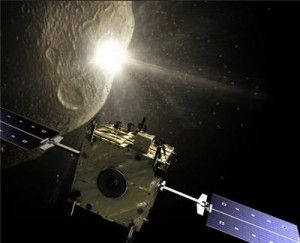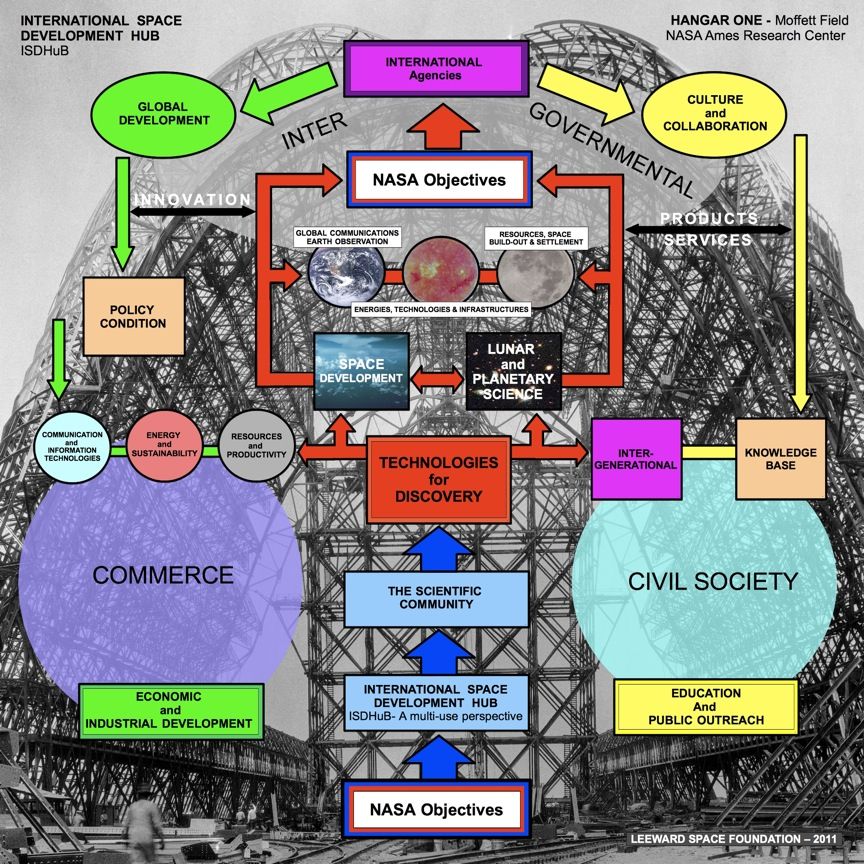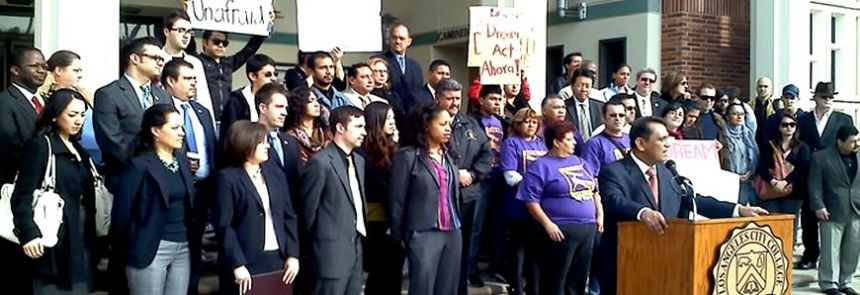A public talk delivered yesterday evening in the series “Cafe philo” of the Tübinger Zimmertheater. During the first half I briefly summarized some of my “old” results on chaos and the competition between deterministic chaos and quantum mechanics (“explicable” chance versus “primary” chance). Then elements of my forthcoming paper “Hun Tun versus Big Bang” were presented along with the implied explanation why the week has seven days. Then the new physics Nobel prize stood center stage. The honor given to Saul Perlmutter, Brian Schmidt and Adam Riess represents a timely recompense for the denial of the same prize to Edwin Hubble, the discoverer of the Hubble redshift law. His linear redshift law of 1928 grew longer and longer over the decades. The first wiggle was found 70 years later by the 3 researchers. The distance versus redshift line now points slightly upwards at its tip.
Fritz Zwicky’s 1929 – confirmed by nobelist Subrahmanyan Chandrasekhar 14 years later – “dynamical friction” explanation of the Hubble law was re-discovered in Tübingen in 2003. It also provides a natural explanation of the Perlmutter-Schmidt-Riess phenomenon as shown in 207: Instead of the currently accepted conglomerate of assumptions — an initially explosive inflation followed by a retarded expansion phase followed by a very long period of constant expansion -, nothing but a stationary possinly unbounded fractal universe is assumed. It implies an at its end more and more wiggly Hubble line of which we now see the first pointing-up deviation. Since not a single new hypothesis is involved, this finding offers a superior explanation to all observed phenomena — including the new Perlmutter-Schmidt-Riess Hubble law.
The old bolometric measurements of our local cosmic temperature (about 4 absolute degrees) made by nobelist Charles Guillaume in 1896, and the apparently ultra-high-redshift ultra-distant X-ray quasars, discovered by nobelist Riccardo Giacconi in 2005, were next alluded to when I mentioned Siegfried Zielinski’s new comparative science of “Variantology,” in which alternative historical scenarios are followed up to prevent scientific progress from going astray.
After a break with wide-open windows, the audience wanted to hear about the LHC. The latter had been defended before in the “Schwäbisches Tagblatt” by my Tübingen colleague Werner Vogelsang. I started out on Francis Bacon’s early insight that nature is trying to outwit humankind, being our worst enemy. The fight against disease is no longer in the foreground of public consciousness in privileged countries. But much like penicillin in the past, so a new finding about black holes apparently makes all the difference of the world. My American colleague Richard J. Cook, pupil of Edward Teller’s, is squarely on my side, on the basis of his independent results. Also every Tübinger knows about “Schwärzloch” (“Blackhole”) already – a 900 years old hamlet 3 kilometers to the West featuring an “angel of one-half life size” in half-relief according to G. Dehio’s art guide. The new Schwarzloch result reads: “black holes are uncharged.”
Continue reading “‘Chaos, Cosmos and LHC’” »

 Institute or Physical and Theoretical Chemistry, University of Tübingen, Auf der Morgenstelle A, 72076 Tübingen, F.R.G.
Institute or Physical and Theoretical Chemistry, University of Tübingen, Auf der Morgenstelle A, 72076 Tübingen, F.R.G.










